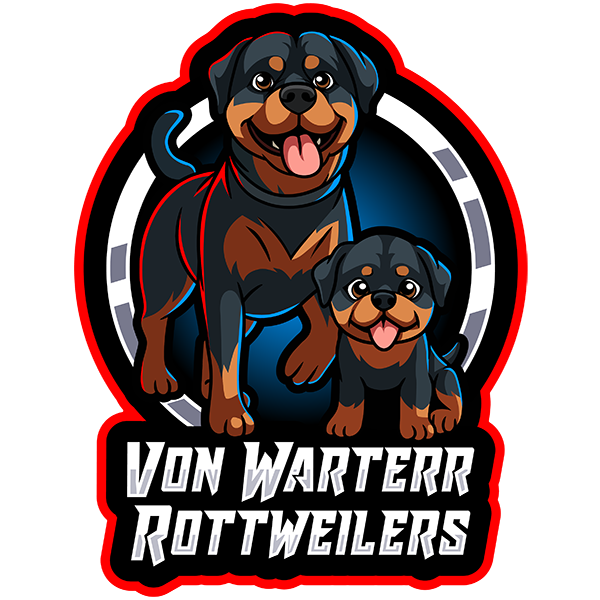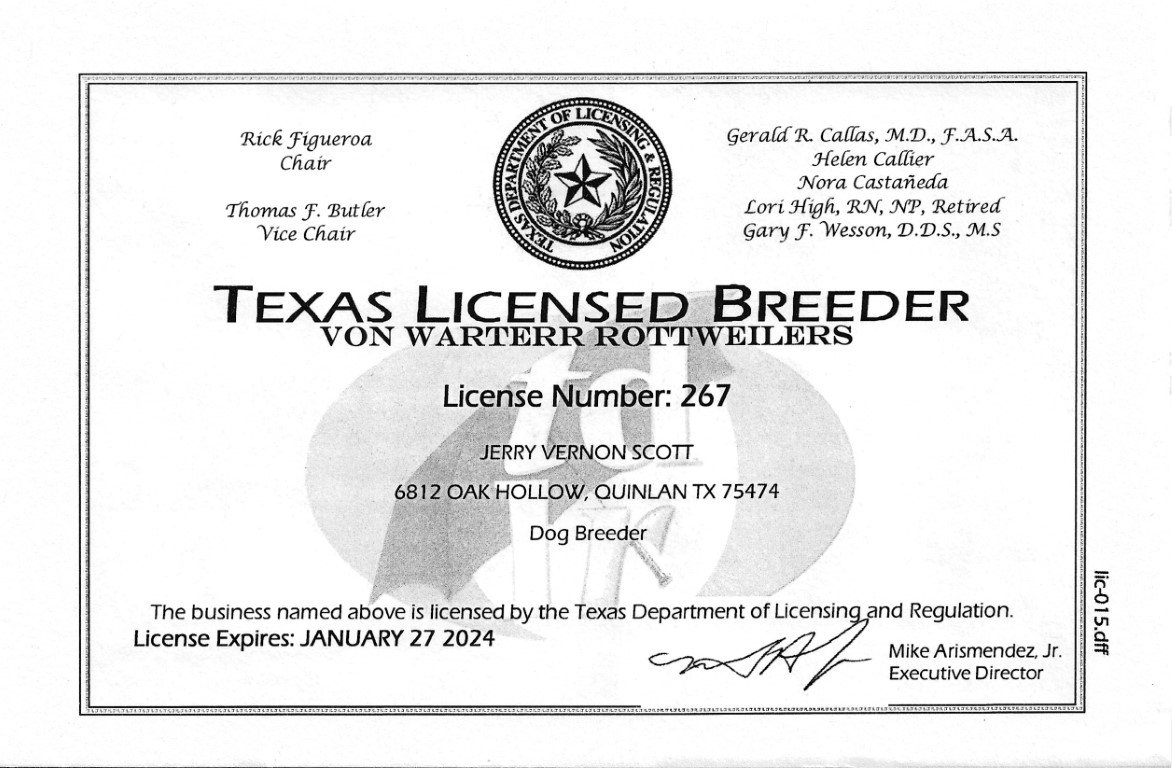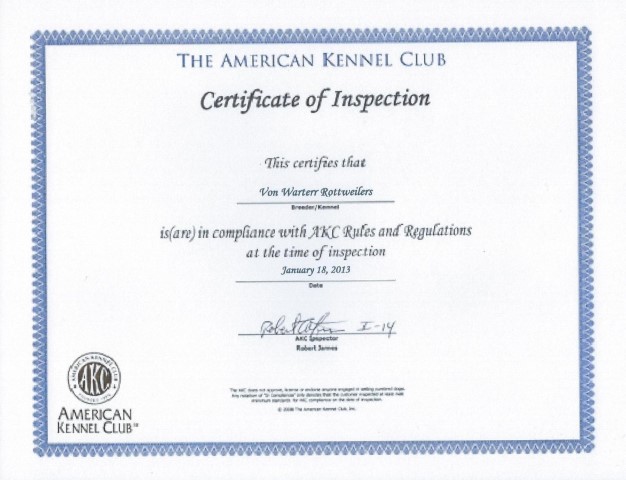Article 8 - Feeding Your Puppy: Developing Good Eating Habits
Posted on April 8th, 2015
Your new puppy is a bundle of energy. He plays hard and then sleeps hard. He expels a lot of energy each day and therefore he needs his energy supply regularly replenished with a nutritious diet. His body is growing amazingly quickly and he needs specially formulated food for the specific needs of this life stage. Whether you decide to feed a high quality commercial food or a raw diet, just remember that “you are what you eat” so don’t just feed whatever is cheap. You will want to feed him a diet formulated for puppies until he is a year old. Remember that the feeding guidelines on the food labels are just a general recommendation. Pet food companies are in business to make money, so they tend to up the portions. The more your puppy eats, the quicker the food is gone and the sooner you have to return to buy more food and make them more money. You will need to observe your puppy’s stools and body weight to figure out his proper food rations. If a puppy is healthy and free of internal parasites, then his stools will be firm and not loose. If puppies are eating too much then they will have loose stools.
Because this breed has a problem with hip dysplasia, it is best to keep your puppy on the leaner side until he is through growing. You do not want to put unnecessary weight on your puppy, causing stress to the joints. Every puppy is genetically programmed to reach a certain size. You will not make your puppy grow to be a bigger dog by overfeeding. You will just make him fat and create health issues. Your puppy has a small stomach, so he cannot store an entire day’s worth of food at one feeding to distribute the energy he needs throughout the day. He needs to be fed smaller amounts of food three or four times a day until he is at least six months old. From that point on, and for the rest of his life, it is best to divide his daily amount of food into two feedings. He should be fed once early in the morning when you begin the day, and then once again early in the evening so he will have plenty of time to digest his food and go potty before retiring for the evening.
When your puppy first arrives at his new home, you should continue to feed him whatever he has been accustomed to eating with his breeder as long as it is a quality food. If you wish to change his food, then you need to do so gradually over a couple of weeks. Wait at least a week before you begin the transition because he has enough stress factors that he is dealing with just from changing his living environment and dealing with the separation anxiety from being away from his mother and littermates. If you switch his diet immediately, he is sure to get an upset stomach. Slowly make the switch by feeding him a mixture of 75% of his old food with 25% of his new food for three or four days. Then feed him 50% of the old with 50% of the new for the next three or four days. Then feed him 25% of his old food mixed with 75% of the new food for three or four more days. Finally he can graduate to eating 100% of the new food. It is not recommended to “free-feed” your puppy; in other words, do not just leave food down in his bowl for him to eat whenever he wants. This develops bad eating habits as well as hurting the ability to train using food as a reward. Pups and dogs that always have food available to them often face problems with obesity. It is like having junk food in your home — if it was not there you would not be hungry for it, but if it is there and in sight you will tend to eat it whether you are really hungry or not. It is just a bad habit. Feed your puppy on a daily schedule. Make food available at each feeding time for 10–15 minutes. Whatever is not eaten at the end of 15 minutes is picked up.
Some pups have food aggression issues because they have been competing with their littermates for food. This is a trait that you want to correct immediately. Before giving your puppy his bowl of food, try feeding him some from your hand. He has to learn not to bite the hand that feeds him. While he eats from his bowl, pet him and talk to him. Take it away from him while he is eating and correct him if he growls at you. Many children are bitten by dogs while they are eating so this is an important behavior to work on with your puppy. If you have children, supervise them with these training activities also. Have them hand feed the puppy and pet him while eating. However, be sure to instruct them that this is something they should never with to a strange dog or even with their own dog unless being supervised by an adult. Some puppies will gulp their food down without chewing it properly. Again this behavior sometimes develops as a result of trying to hurry up and eat their food before all of their littermates get it. If your puppy is eating too fast, then you can spread his food out over a large pan where he will have to slowly and deliberately take bites of food instead of using the shovel method. You should always feed your dog in clean bowls. Food bowls should be washed every day in a dishwasher or at least with hot water and antibacterial soap. This is especially true if you are feeding any raw meat in their diet. Their water bowl should also be changed every day as they tend to leave saliva in their drinking water. While we do not recommend leaving food down for the puppy, you should keep water available for them all day until about 7 PM when you can pick it up so that they do not have to urinate during the night. It is best to feed your puppy in an elevated bowl. This will help strengthen their pasterns and keep them from developing poor posture and turning their feet out. We have also been told that eating from elevated bowls also aids in swallowing and digesting their food. As a little test you can get down on all fours and try to take a bite of food and see how hard it is to swallow if your head is pointed in a downward position. Good luck!


